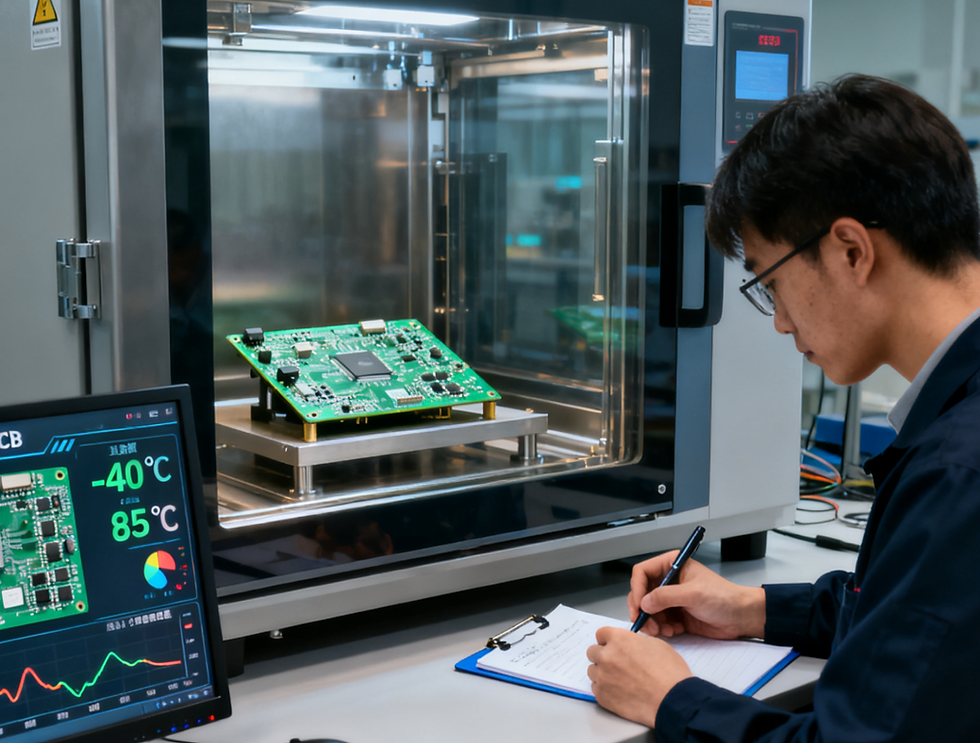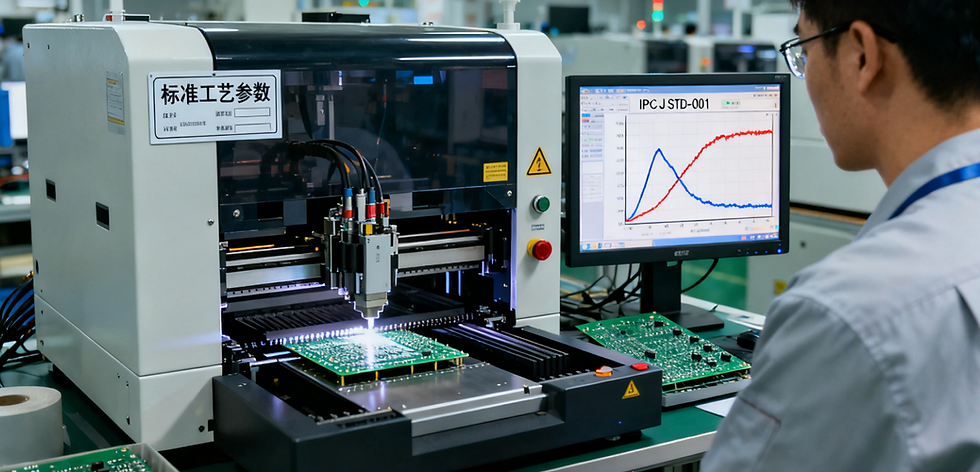Sustainable PCB Manufacturing: Embracing Eco-Friendly Components and Practices
- Sunsoar engineer Mia
- Mar 3
- 3 min read
In today’s rapidly evolving technological landscape, the demand for printed circuit boards (PCBs) continues to grow. However, as environmental concerns take center stage, the electronics manufacturing industry is facing increasing pressure to adopt sustainable practices. Sustainable PCB manufacturing is no longer just a trend—it’s a necessity. By integrating eco-friendly components and practices, manufacturers can reduce their environmental footprint while maintaining high-quality production standards.
One of the key aspects of sustainable PCB manufacturing is the use of environmentally friendly materials. Traditional PCBs often rely on hazardous substances such as lead, brominated flame retardants, and other toxic chemicals. These materials not only pose risks to the environment but also to human health. To address this, many manufacturers are now turning to lead-free solders, halogen-free laminates, and biodegradable substrates. These alternatives not only minimize harm but also comply with global regulations such as the Restriction of Hazardous Substances (RoHS) directive.
Another critical factor in sustainable PCB production is energy efficiency. Manufacturing processes typically consume significant amounts of energy, contributing to greenhouse gas emissions. By adopting energy-efficient technologies and optimizing production workflows, manufacturers can significantly reduce their energy consumption. For instance, implementing advanced machinery with lower power requirements and utilizing renewable energy sources like solar or wind power can make a substantial difference. Additionally, waste heat recovery systems can be employed to repurpose excess heat generated during production, further enhancing energy efficiency.
Waste reduction is also a cornerstone of sustainable PCB manufacturing. The production process often generates substantial waste, including scrap metal, chemical byproducts, and defective components. To combat this, manufacturers are increasingly adopting circular economy principles. This involves recycling and reusing materials wherever possible. For example, copper recovered from discarded PCBs can be reprocessed and reintroduced into the production cycle, reducing the need for virgin materials. Moreover, implementing lean manufacturing techniques can help minimize waste generation at the source.
Water conservation is another area where sustainable practices can make a significant impact. PCB manufacturing often requires large volumes of water for cleaning and cooling purposes. By investing in closed-loop water systems and advanced filtration technologies, manufacturers can drastically reduce water consumption and prevent contamination of local water sources. These systems allow water to be reused multiple times, ensuring that resources are utilized efficiently.
Beyond the production process, sustainable PCB manufacturing also extends to the design phase. Eco-design principles emphasize creating products that are not only functional but also environmentally responsible. This includes designing PCBs that are easier to disassemble and recycle, using fewer materials, and optimizing layouts to reduce energy consumption during operation. By considering the entire lifecycle of a product, manufacturers can create solutions that are both innovative and sustainable.
Collaboration across the supply chain is essential for achieving true sustainability. Manufacturers must work closely with suppliers to source eco-friendly materials and ensure that their partners adhere to sustainable practices. Transparency and accountability are crucial in building a supply chain that prioritizes environmental responsibility. Certifications such as ISO 14001, which focuses on environmental management systems, can help companies demonstrate their commitment to sustainability.
In conclusion, sustainable PCB manufacturing is not just about meeting regulatory requirements—it’s about taking responsibility for the future of our planet. By embracing eco-friendly components, optimizing energy and water usage, reducing waste, and fostering collaboration, manufacturers can pave the way for a greener electronics industry. As consumers and businesses alike become more environmentally conscious, adopting sustainable practices is not only the right thing to do but also a smart business strategy. Together, we can create a future where technology and sustainability go hand in hand.



Comments